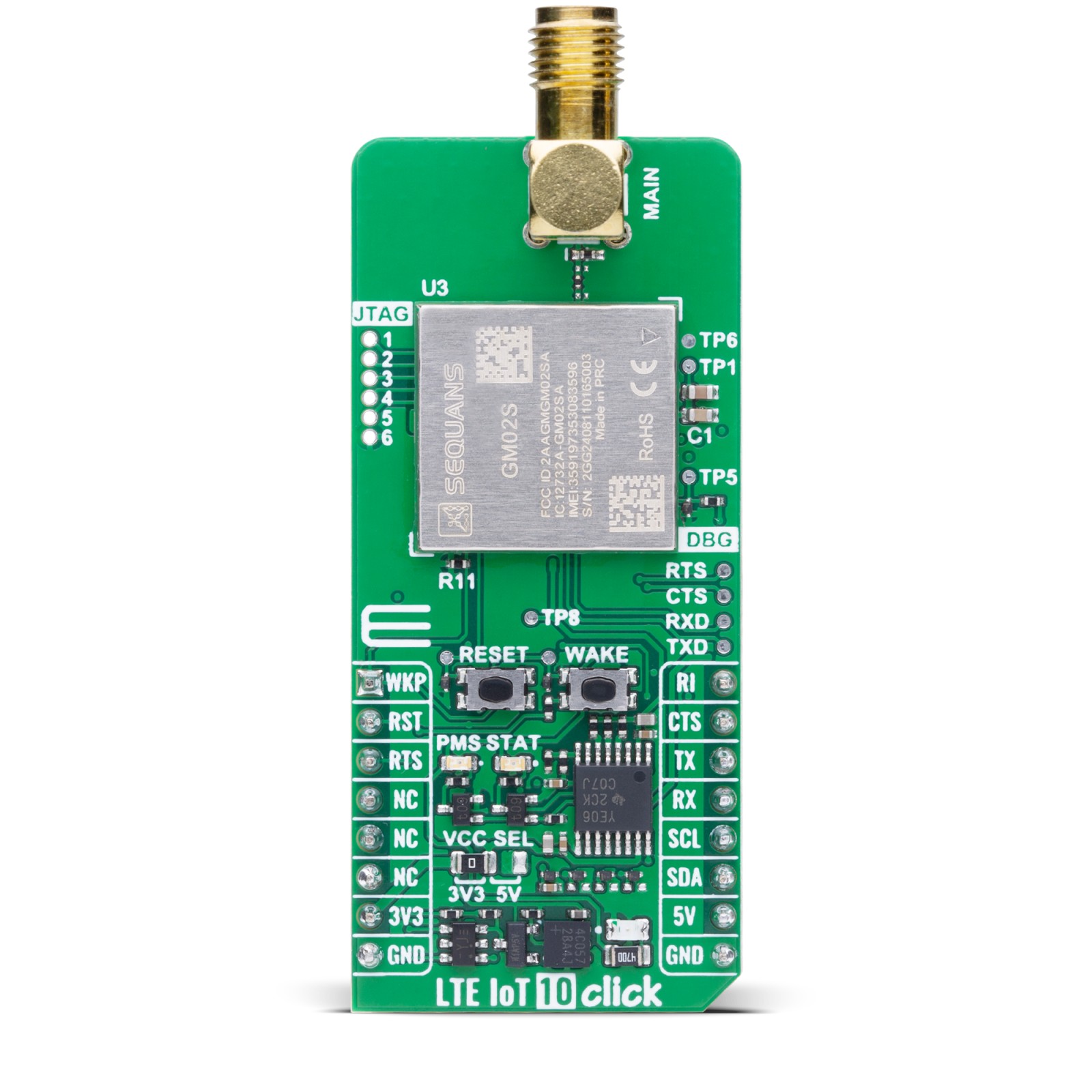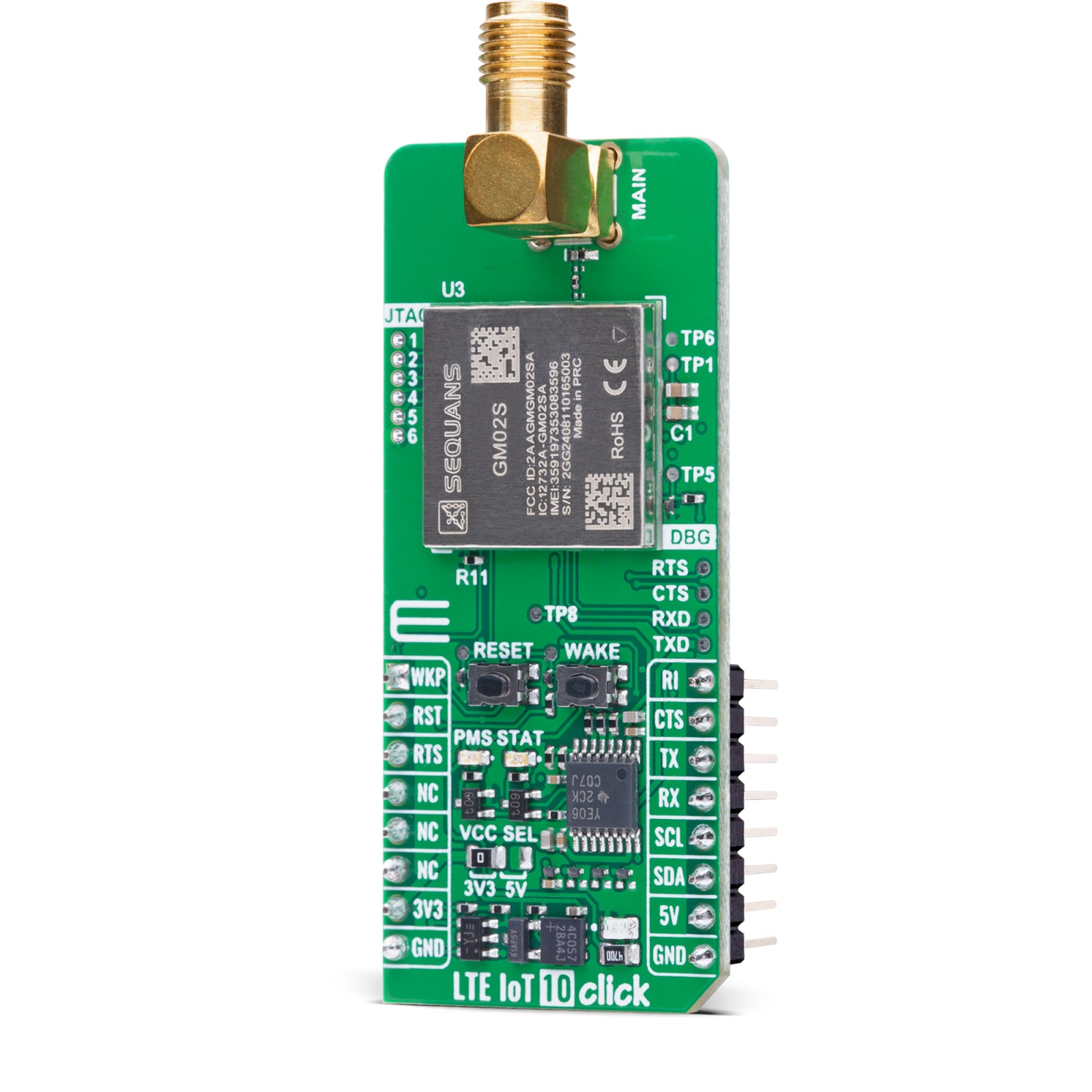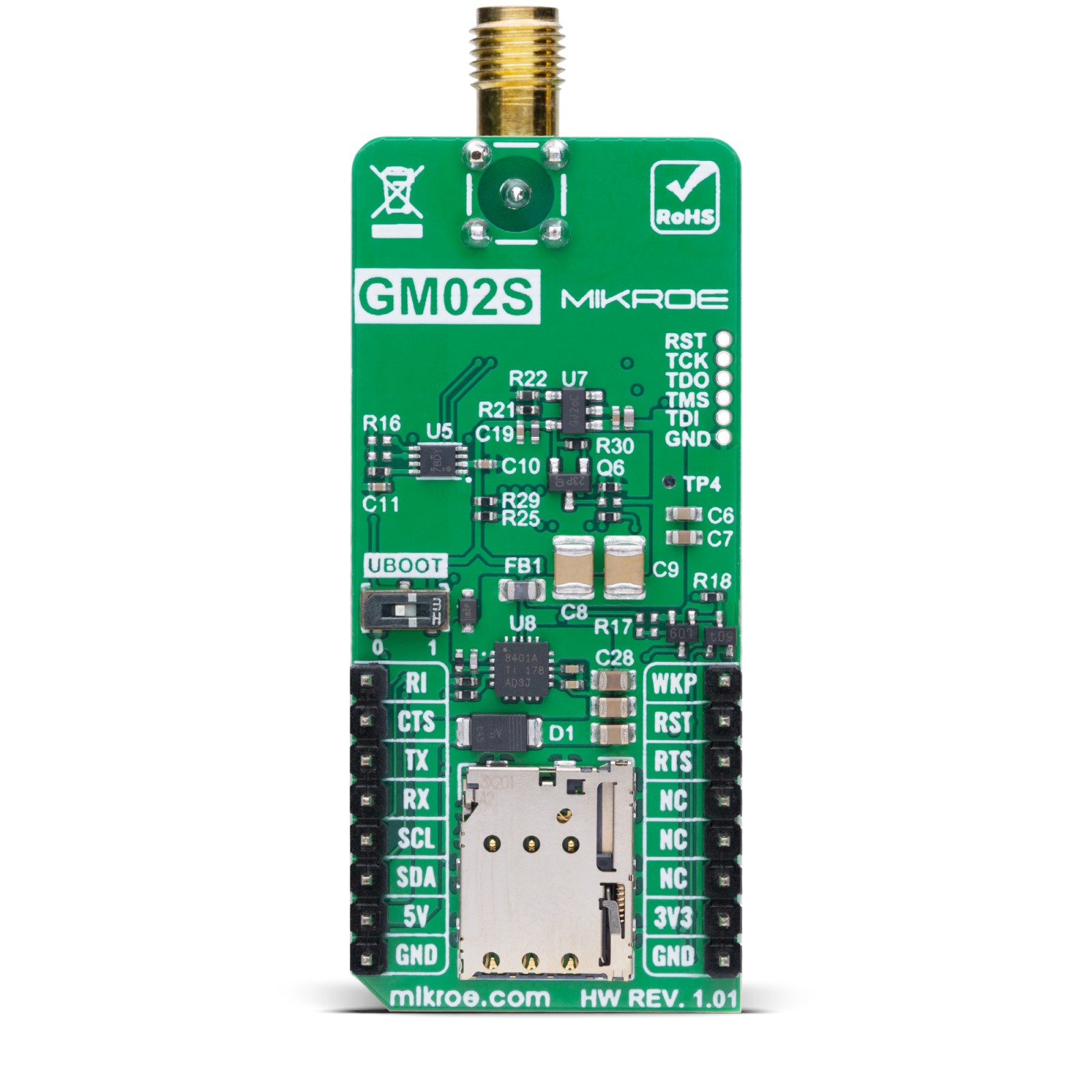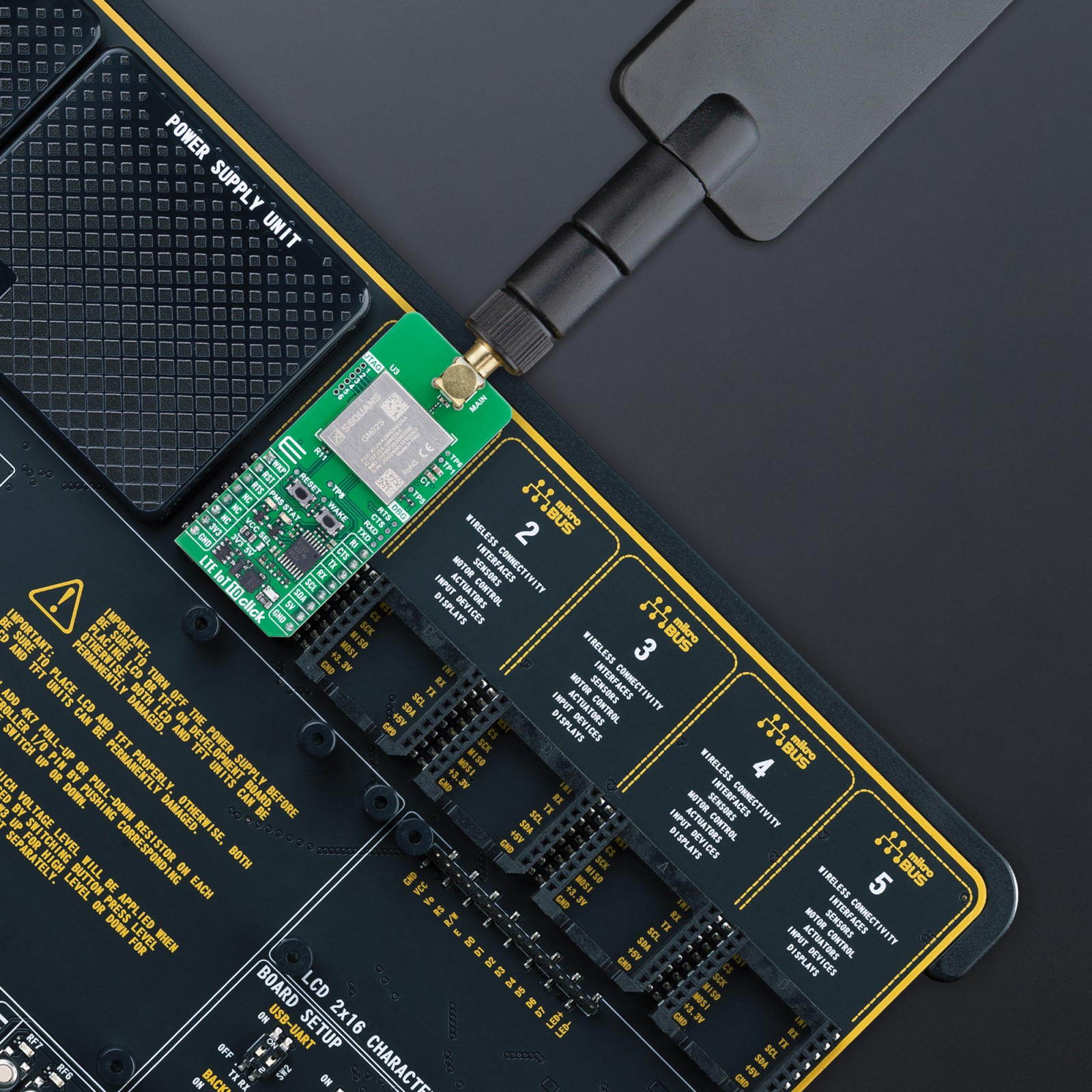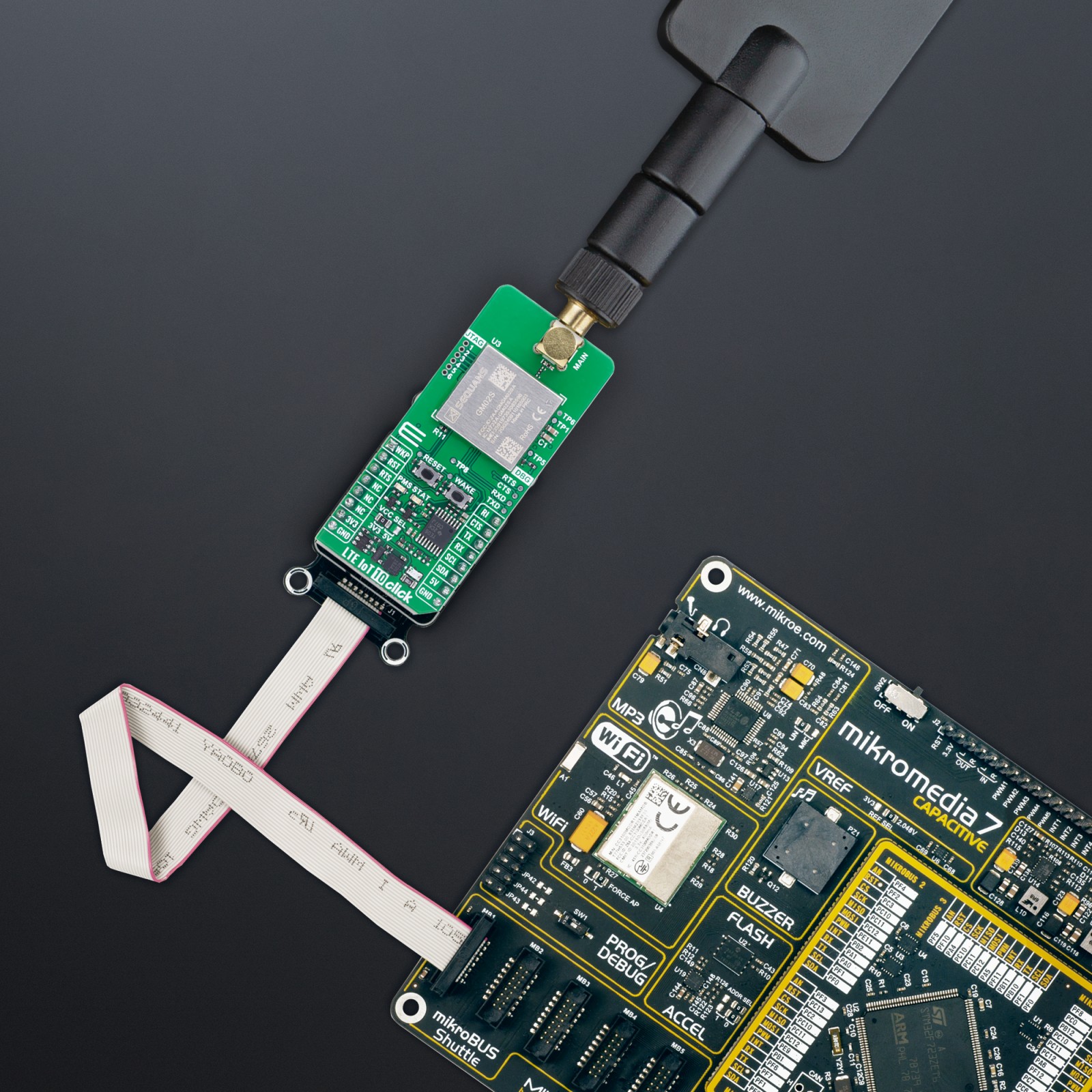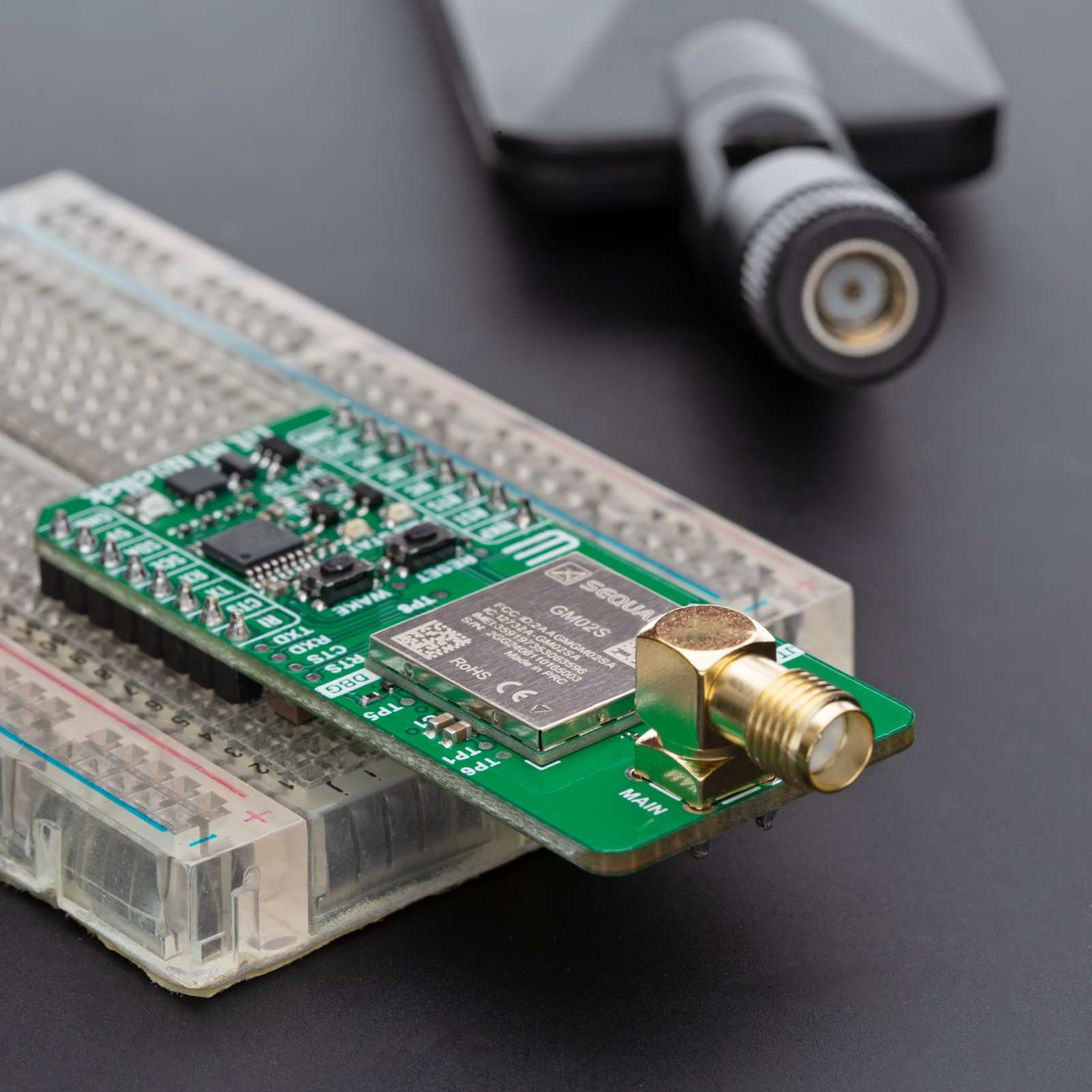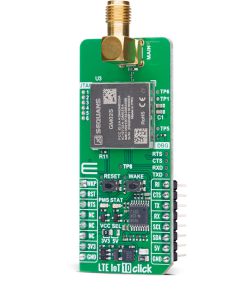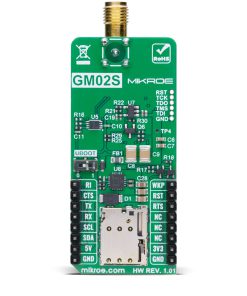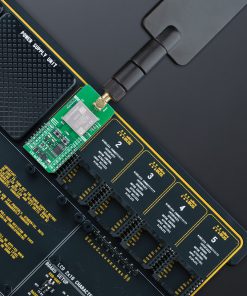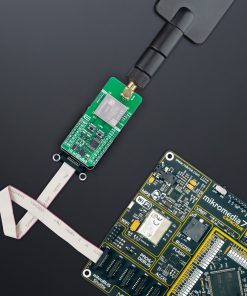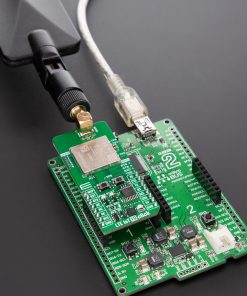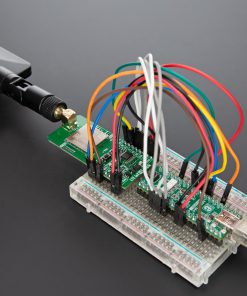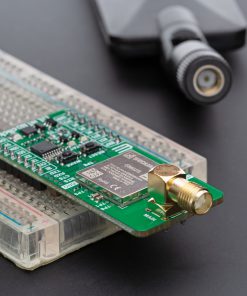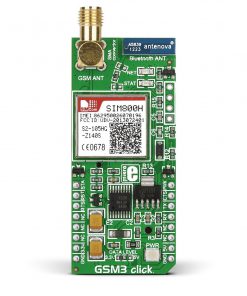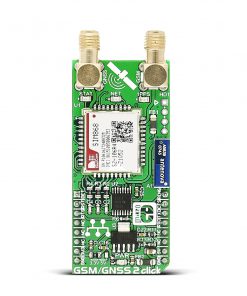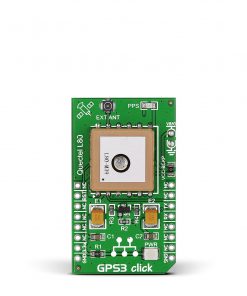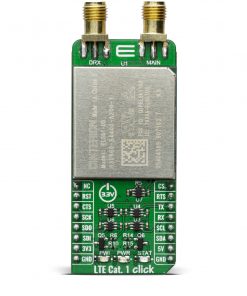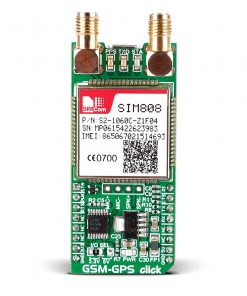-
×
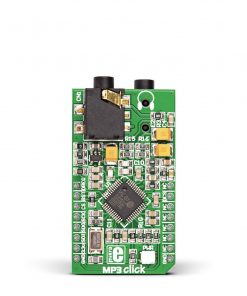 MP3 Click
1 ×
MP3 Click
1 × R490.00R441.00 -
×
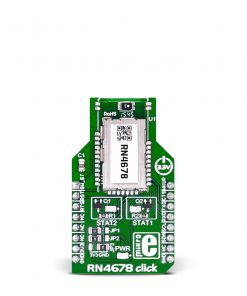 RN4678 Click
1 ×
RN4678 Click
1 × R870.00R783.00 -
×
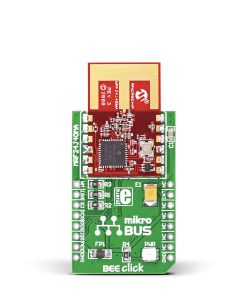 BEE Click
1 ×
BEE Click
1 × R810.00R729.00 -
×
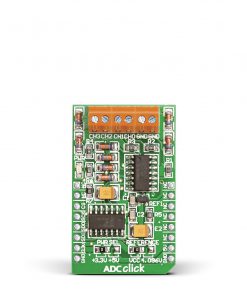 ADC Click
1 ×
ADC Click
1 × R545.00R490.50 -
×
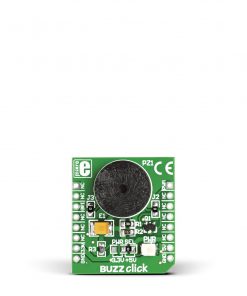 BUZZ Click
1 × R120.00
BUZZ Click
1 × R120.00 -
×
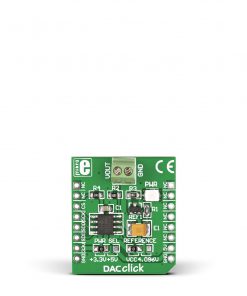 DAC Click
1 ×
DAC Click
1 × R415.00R373.50 -
×
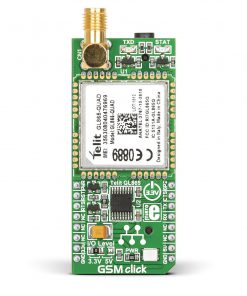 GSM Click
1 ×
GSM Click
1 × R1,100.00R990.00 -
×
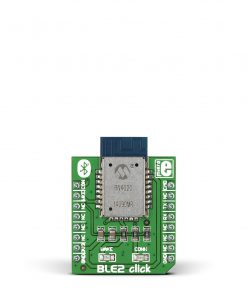 BLE2 Click
1 ×
BLE2 Click
1 × R680.00R612.00 -
×
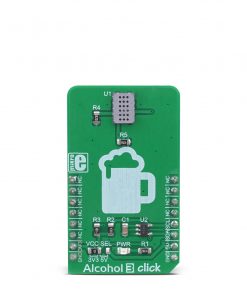 Alcohol 3 Click
1 ×
Alcohol 3 Click
1 × R715.00R643.50 -
×
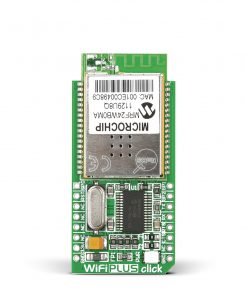 WiFi Plus Click
1 ×
WiFi Plus Click
1 × R2,250.00R2,025.00 -
×
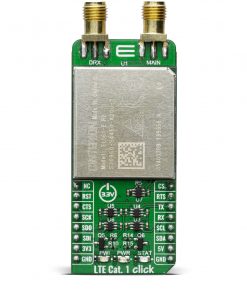 LTE Cat.1-EU Click (for Europe)
1 ×
LTE Cat.1-EU Click (for Europe)
1 × R2,500.00R2,250.00 -
×
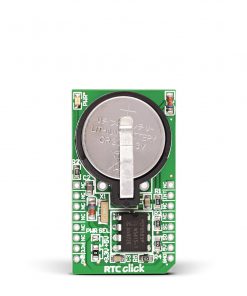 RTC Click
1 ×
RTC Click
1 × R395.00R355.50 -
×
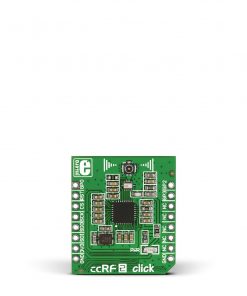 ccRF2 Click
1 ×
ccRF2 Click
1 × R810.00R729.00 -
×
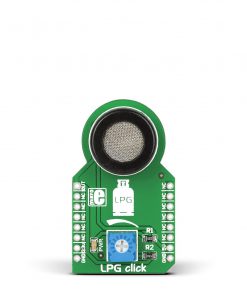 LPG Click
1 ×
LPG Click
1 × R340.00R306.00 -
×
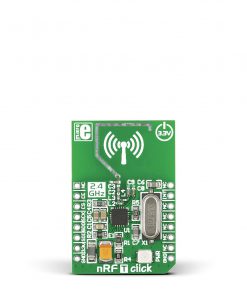 nRF T Click
1 × R210.00
nRF T Click
1 × R210.00
Subtotal: R11,058.00

